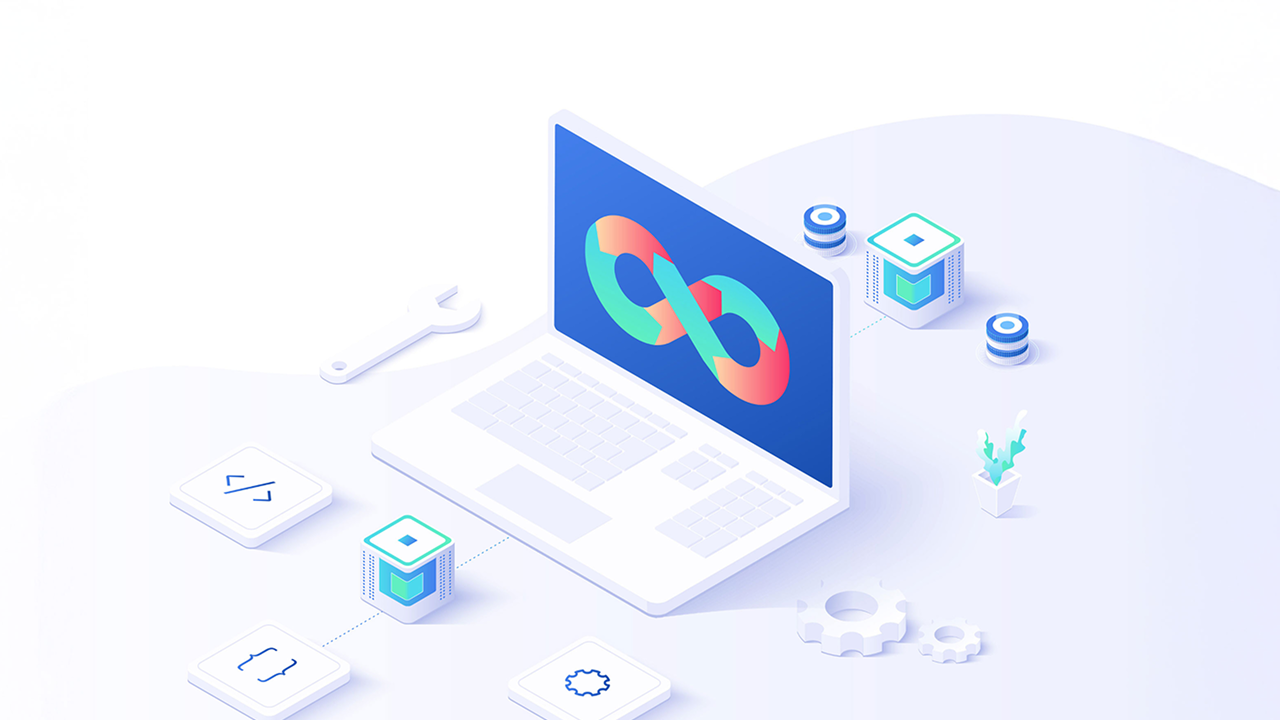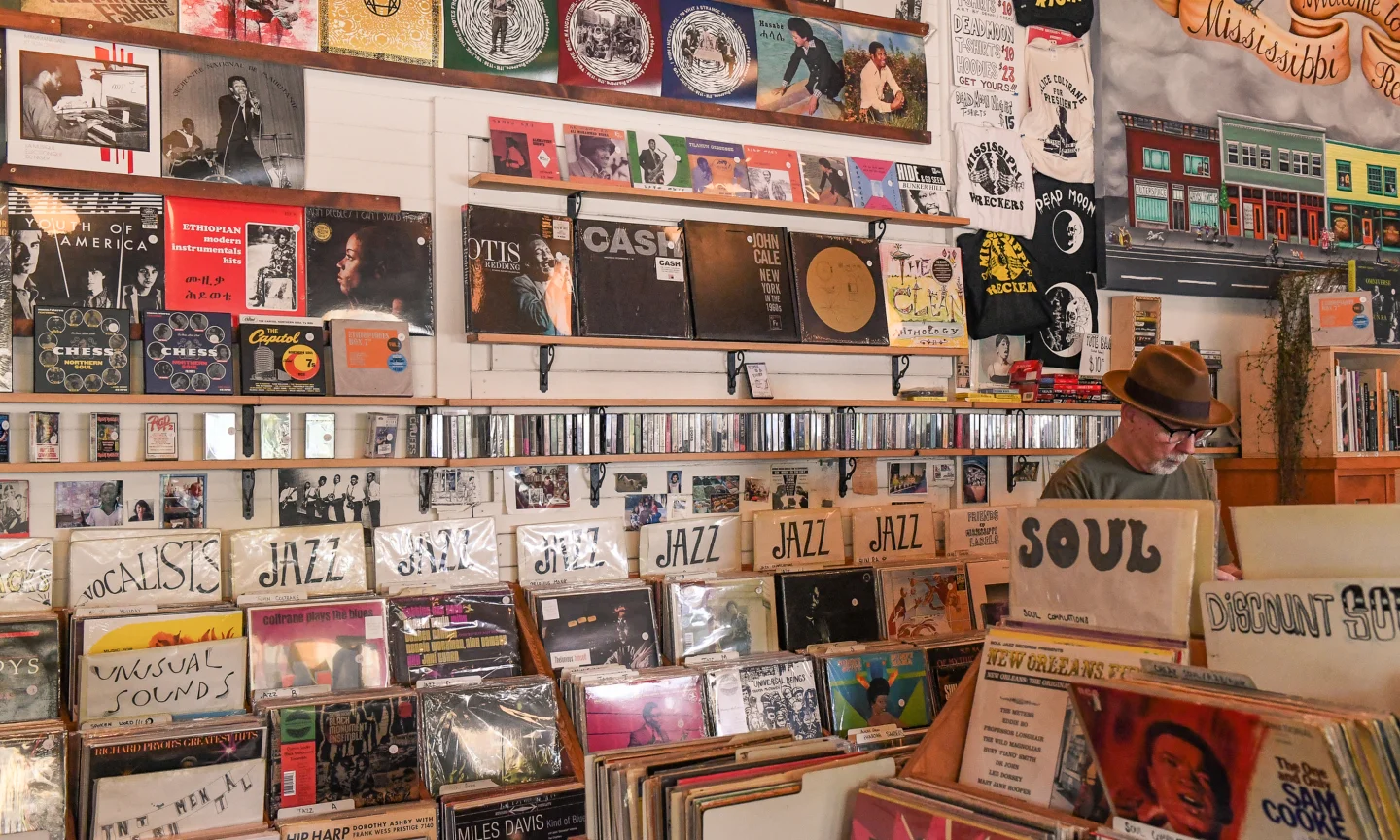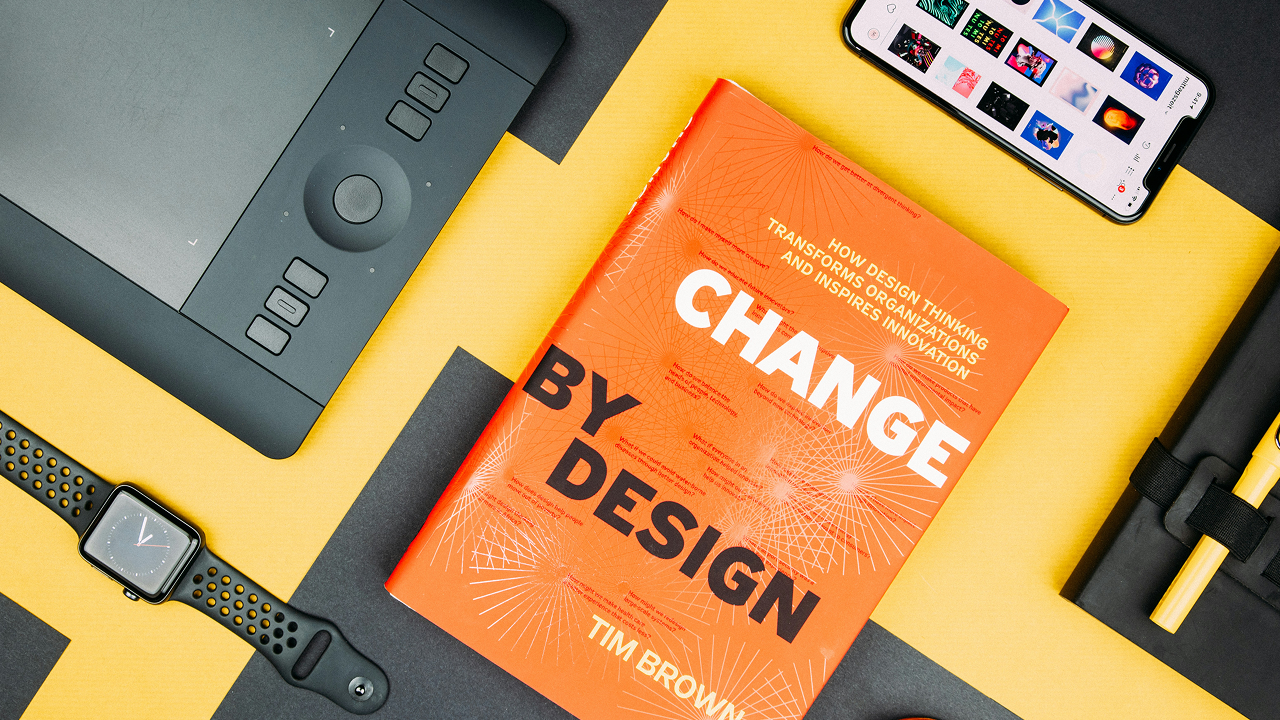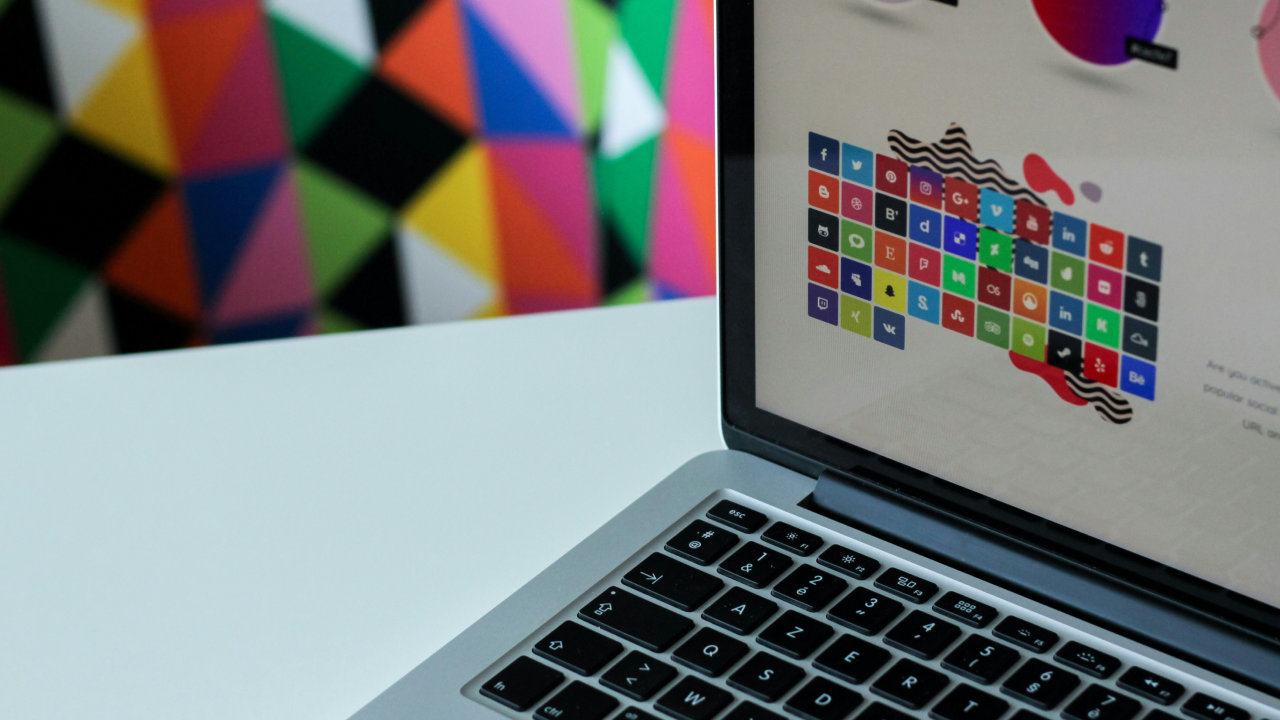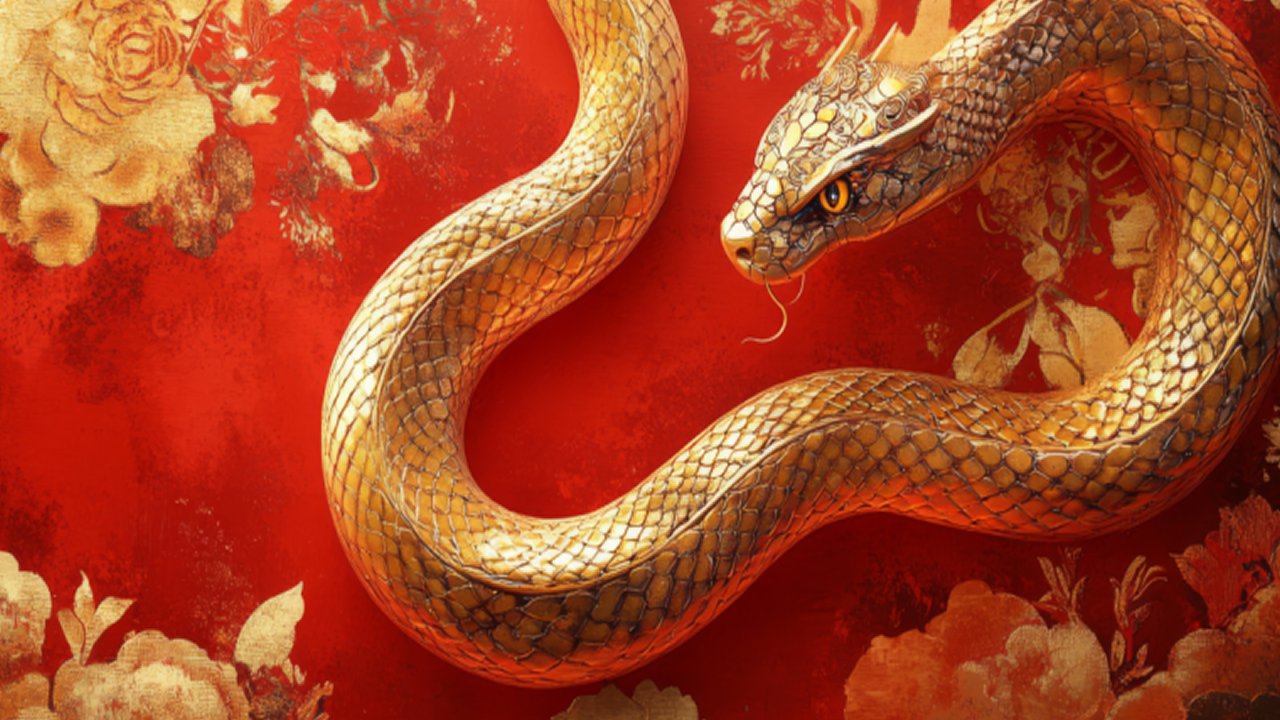Indie Music Marketing in a Post-TikTok World: Harnessing Analytics for Fan-Focused Success
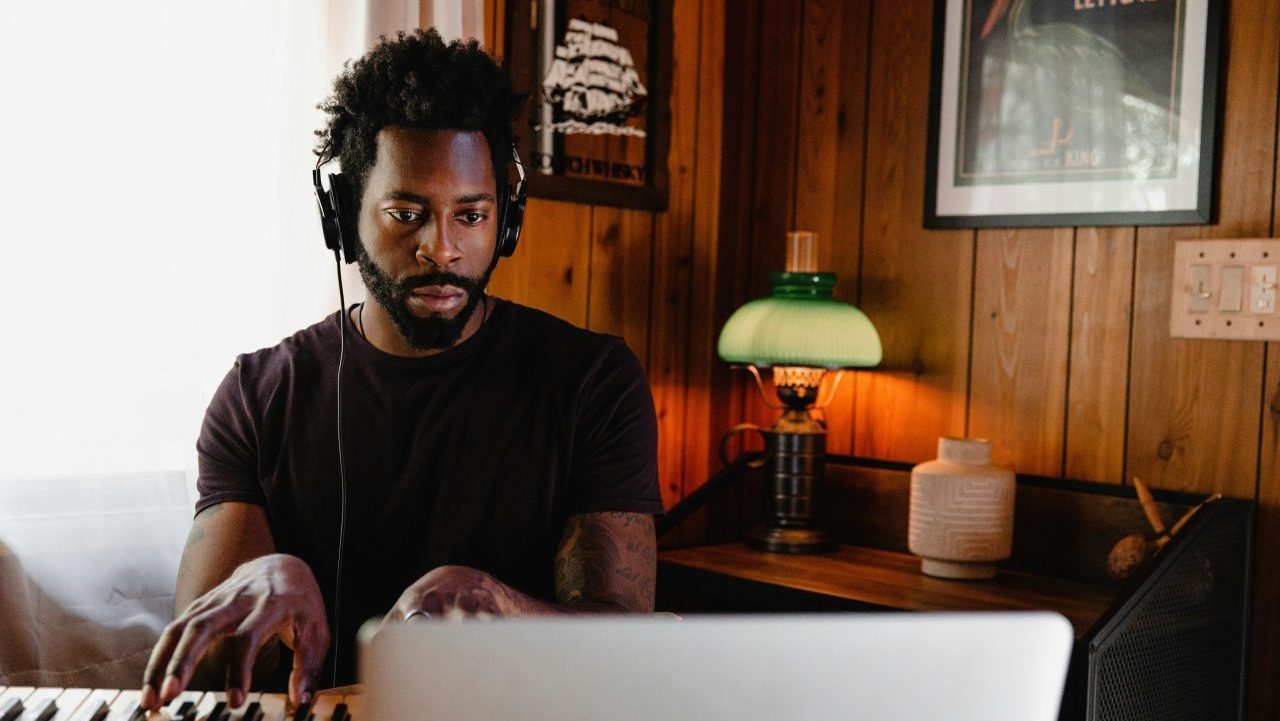
Social media has revolutionized the landscape for indie creators. From freelance illustrators to niche game devs, platforms like X (formerly Twitter) and Instagram have allowed creatives to flourish and grow their audiences without signing with big studios or corporations.
And the same is true for indie music artists.
YouTube, Instagram, and TikTok have opened doors for indie musicians to showcase their talents and build an audience. They’ve helped launch careers and allowed musicians to connect with their listeners. TikTok especially, has let songs go viral and musicians make a name for themselves outside of large labels – especially since the platform hosts much fewer big-name musicians, letting smaller artists thrive.
But now, the Universal Music Group (UMG) has let its licensing deal with TikTok expire. US laws are now threatening the platform’s presence in the country.
In a post-TikTok digital landscape, how can indie musicians market themselves and build careers without labels?
The Shifting Landscape: From Viral Hits to Data-Driven Strategies
For some musicians, all it takes is one song to go viral and suddenly you’re on everyone’s playlists. Think about how Macklemore became an overnight sensation thanks to “Thrift Shop,” or how Billie Eilish became a household name thanks to “Ocean Eyes.”
On TikTok specifically, artists like Lil Nas X, Olivia Rodrigo, and Lizzo have all had songs go viral on the platform, which helped catapult them to musical stardom.
But relying on “virality” doesn’t work in the long run, especially as the indie music landscape faces a potential shift away from TikTok. It may be more important than ever for artists to take a long, hard look at their metrics and use the data to develop more sustainable strategies.
The rise and fall of indie music on TikTok
For quite a while now, TikTok has been an industry staple for both indie artists and established musicians. Kpop groups, for example, use TikTok to share “challenge” videos of their members or other group members performing certain parts of their choreography. (Think Nayeon’s viral #PopPopPop challenge from 2022.) That then boosts the visibility of their music.
The platform has been particularly invaluable for indie artists, whose songs can “blow up” or be used as background music in viral clips. That exposure helps artists earn money off their music since the platform pays royalties each time a song is used in a new video. (Of course, the actual payout and arrangement depends entirely on which distributor the artist works with.)
TikTok can also pay a licensing fee to artists who upload directly to the platform, letting people use their songs for free.
In addition, artists can pay to advertise their music on TikTok.
However, the last several months have shaken up the landscape for musicians using the platform. Many indie artists had signed with distributors who would put their music on TikTok – but many of those distributors were, in some way, connected with Universal Music Group (UMG).
When UMG let its licensing deal expire, thousands of songs got taken off the platform as the app no longer had distribution rights. Any indie artists whose songwriters, sound engineers, and other partners were affiliated with UMG also had their music taken down.
And others may see the same as other distributors and representative organizations pull out of TikTok amid concerns regarding data security, AI protections, and royalty payments.
Then there’s the US bill that seeks to ban TikTok in the US unless it transfers ownership from ByteDance. If TikTok disappears from one of its largest markets – in 2024, the platform reportedly had almost 150 million US users – where do indie musicians go?
Where to go after TikTok: Patreon, Discord, Ko-Fi, and more
Beyond TikTok – or after it, depending on where the law’s hammer falls – musicians will need to diversify their strategies and use a variety of platforms to support themselves.
Patreon, for example, has been a longstanding staple for indie artists and content creators. The platform allows fans to support their favourite creatives by subscribing to membership tiers, with prices as low as USD 1.00 a month. Patreon members (typically called patrons) then receive monthly “benefits” based on their membership.
Then there’s Discord, where you can use your own server as another way to advertise your music and connect with your fans. You can use Discord to announce teasers, song drops, music videos, and other content.
Meanwhile, Ko-Fi has emerged as an alternative to Patreon for indie artists and other creatives to sell merch, commissions, and other services. Artists can also create membership tiers on Ko-Fi with different price points and benefits.
And then, of course, you need to think about where you’re hosting your music. Established streaming platforms are great (and for many, an essential part of promoting your music), so find ways to get your music on places like Spotify or Tidal. Many of these platforms even offer ways for you to promote your tunes.
Side note: make sure to choose a good distributor who has your best interests as an independent artist.
Other indie artists turn to sites like SoundCloud and Bandcamp to host their music and make it available for streaming and purchase. These are good alternatives since they allow you more control over your songs.
Of course, the disadvantage of all these platforms is that you must have an existing fan base to make these viable sources of income. For indie music artists – especially those just starting out – you’ll need to pair these platforms with data-driven strategies to market your music.
American Counterparts are Here to Stay
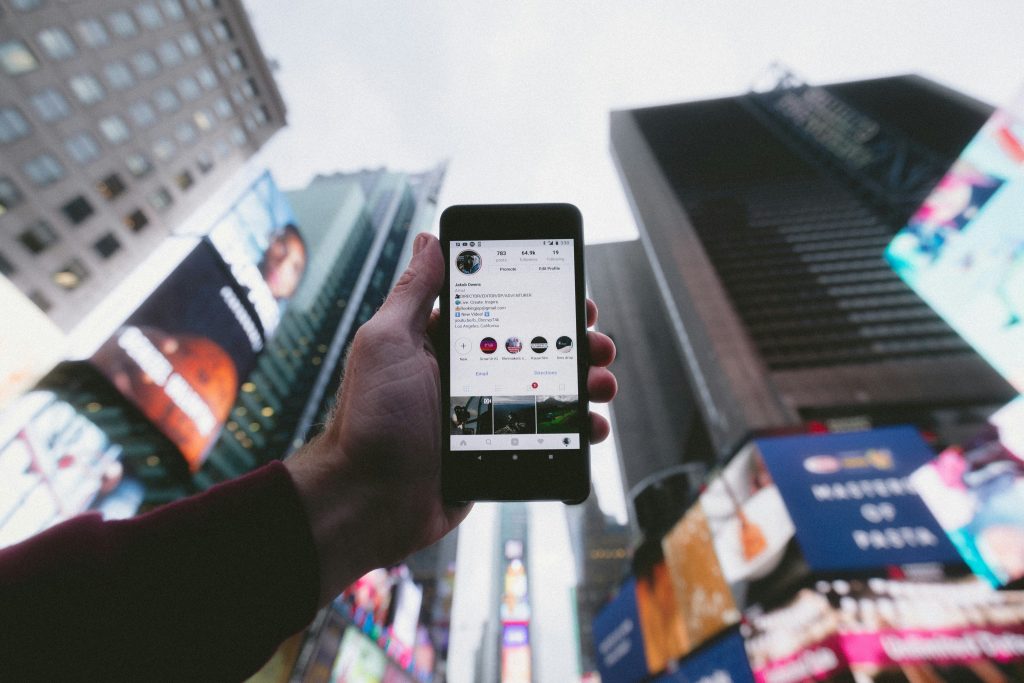
Photo by Jakob Owens at Unsplash
While everything seems to be changing, Instagram Reels is here to stay. Instagram is used by musicians to promote their music and personal brand, using features like Reels, sound remixes, and IG Shop. All of which, enhance the fan experience.
Reels can be used to advertise music, engage with fans through challenges, create fun content, and give followers a glimpse of who you are and what your music represents. In this way, it allows for authenticity and for you to attract your desired audience. Unlike TikTok, Instagram doesn’t necessarily emphasize the need for a “viral moment,” likely due to its diverse functions. As an indie artist, you can grow your audience and promote your music in various ways, not just through virality.
One notable feature Instagram has recently launched is its collaborative post function. It allows you to collaborate on posts with fellow musicians or brands resulting in higher visibility. This means collaborative posts are visible to followers of both collaborating accounts. This is a great way to get other people with similar interests, or fans to discover your music. It can also lead to new collaborations with other artists.
The IG Live feature is a powerful tool for artists to engage with their audience. Lives are often used by artists as a way to show snippets of unreleased songs, hold Q&A sessions with their fans, and have mini-virtual concerts where they play many of their own songs as well as covers. Given that Live has features allowing you to comment, like, etc. it allows for an interactive fan experience.
Instagram has also introduced a Shop feature, allowing musicians to sell merchandise, discs, or anything they desire directly through the platform. This integration makes it easier for fans to purchase artist merch without leaving the app.
Additionally, there has been a new change in Instagram’s algorithm to help smaller creators succeed on the platform. Instagram now favors new original content over reposts in the ranking algorithm, spotlighting small creators’ content and increasing their visibility within the app. Instagram has evolved into an all-inclusive app where you can create a visual identity and become recognizable to the public. It is a powerful tool to kick off your music career, provided you approach it with patience, strategy, and effort.
Unlocking the Power of Streaming Platform Analytics for Deeper Connections
For musicians who have their songs on streaming platforms and social media (whether that’s Spotify or TikTok), analytics are more crucial than ever.
It’s time to take a closer look at the numbers and statistics that backup your music – and see how that could bring you closer to your audience and build deeper connections with your fans.
Identifying your true fans: Location, demographics, and listening habits
First off, let’s make this clear: this isn’t to say that some of your fans are “fake.” Even casual listeners count as fans of your music – after all, they like your sound enough to put you on a playlist.
However, the analytics on streaming and social media platforms can help you determine your “true” (or perhaps, more “hardcore”) fans. These are the ones who listen to your music the most, replay songs or albums, and even support you in other ways beyond streaming.
Some of the most important metrics you can track and analyze include location, age groups, gender distribution, and listening habits.
Location, in particular, is a great resource for driving your offline content and activities. Identifying where you’re most popular can lead you to new places for live shows or determine the best locations for your concert tour.
You can also use location data to make decisions about activities outside of concerts. If you’re going on a string of performances, you could offer meet-and-greets or merch signings at locations with large fan hubs.
Demographics such as age, gender, and geography can also help you tailor your content – whether that’s your music or your social media posts.
And then there’s listening habits. Spotify, for example, gives you access to a wealth of data regarding your music, including which playlists feature your tracks or how releases perform in real time.
You can use listening habits to determine things like when and how to release new music – and how to market it. Say you notice your listeners love putting your songs on their workout playlists. You can then integrate that into the themes of your marketing. Maybe cheese it up with some ‘80s aerobics in the teaser, or have a muffled sound bite play out of someone’s headphones while they’re on a treadmill.
Data-driven content creation: Giving your fans what they want
Even big-name musicians use social media (and the metrics behind it) to reach their fans and connect with their audience. Kpop artists (more often called “idols”) frequently go live on Instagram or Weverse, a Korean social media platform where idols can talk to fans or post stories.
Some highly popular groups whose members use Weverse include BTS, Blackpink, and Seventeen.
Take a leaf out of their book and curate your own social media content based on fan demographics. Check what types of posts gain the most engagement, such as recording studio clips, behind-the-scenes content, or even song teasers.
Use that data to “give fans what they want” – meaning the content that they most want to see from you as a musician and as a persona.
You can even use that data and audience feedback to experiment with new sounds, genres, lyrics, and anything else.
It’s also important to curate the content based on the demographics of the app itself. Your fans on Instagram may want to see content that’s different from fans on X (formerly Twitter). It may be a bit difficult to juggle, but once you’ve found your niche and your groove, it’ll be smoother sailing.
Lastly, social media is important for driving fans towards what matters most: your music. For indie artists, it’s especially important to leverage social media to direct listeners to where they can stream your music or buy your discography.
Targeting marketing efforts with precision
For indie artists who can afford paid advertising, those analytics are a gold mine of information. You can use the data from your listeners for more effective and precise targeted marketing – especially for ads on social media platforms.
But that data can help even non-paid marketing efforts. Check how new listeners are discovering your music, or see which trends and challenges frequently use your songs. That can let you curate the hashtags you use to gain more visibility with the demographics and users you want to reach.
Take the UMG VS TikTok issue, for example. The pull-out may have hurt many indie artists because of the affiliations of their distributors, but other artists used it to their advantage. Many non-affiliated indie artists used #indieartist to boost their visibility and get users to choose their songs instead – and it worked.
Fan Engagement Strategies Informed by Data
Don’t just stop looking at the data though. There are many ways to combine that data with what you hear from your audience to create strategies for improved fan engagement.
 Photo by Antony Delanoix at Unsplash
Photo by Antony Delanoix at Unsplash
Rewarding loyal listeners with exclusive content
For musicians, Patreon could be a way to earn a steady income, reward loyal fans, and control your music and branding. Patreon itself talks about how music artists can benefit from the platform – from sharing song demos to selling bonus tracks.
As an artist, you have control over how many tiers you offer, how much you charge per tier, and what benefits come with each. This could include exclusive behind-the-scenes videos, member AMAs (Ask Me Anything), and unreleased tracks.
You can even link Patreon to other platforms such as Discord so you can offer rewards like tier-exclusive Discord access.
Speaking of Discord, the platform also connects with memberships from other sites such as Twitch, Patreon, and YouTube, meaning you can offer access to exclusive server channels and roles for paying fans. For example, if you’re a YouTube Partner with memberships, you can connect your channel to a private Discord server accessible only to members.
The platform even has its own monetization policies so that artists can have their own Server Shop or allow for Server Subscriptions.
One great way to leverage Discord for a more inclusive experience is to open the Discord to anyone for free – but have exclusive roles and channels for people who are subscribed to you on any of your other platforms. This helps your community become closer to each other and you, and makes you more accessible to your audience.
As for Ko-Fi, it operates similarly to Patreon, allowing you to provide exclusive benefits to members per tier. One advantage for Ko-Fi is the ability to set up one-time donations for fans who might not be able to afford monthly subscriptions.
The platform also puts your memberships, storefront, and commissions all in one page – making things easier for all creatives, not just musicians.
The advantage that comes from putting yourself on platforms like Patreon and Discord is how they deepen your connection with your fans. Unlike crowdfunding platforms like Kickstarter or IndieGoGo, sites like Patreon or Ko-Fi let you interact with fans.
You can run polls, ask for feedback, and even communicate directly with the people supporting your content. Moreover, you can check the data – such as the most popular membership tiers or most engaged-with content – and adjust the benefits and rewards accordingly.
Running merch campaigns on and offline
Knowing your audience demographics and preferences can help you produce and sell merch more effectively. Different demographics prefer different merch types; for example, millennials and Gen Z would be interested in pet-related items or unique, brand-related stickers.
If you’re on platforms like Patreon or Discord, you can even run polls and surveys to find out exactly what kind of merch your fans want – cutting out any uncertainty and showing your fans that you’re paying attention.
You can then use this data to run merch campaigns both online and offline. Some great ways to tackle merch production and sales include:
- Pre-order campaigns (capped or not)
- Limited sales run on online stores
- Crowdfunding campaigns on Kickstarter and IndieGoGo (such as this wildly successful Hatsune Miku concert)
- On-site sales at live performances
- Online storefronts on platforms like Ko-Fi, BigCartel, and Gumroad
- Third-party platforms that handle production and shipping like Teespring and RedBubble
You can also pair this up with subscribers by offering exclusive discounts, promotions, and early access to fans who are members on your other platforms like Patreon.
Offering exclusive access and personalized content
Listen to both the data and your fans to see what else you can offer besides music and merch. There are lots of ways you can leverage listening habits and audience preferences to elevate the fan experience and engage with them better.
Exclusive access is one of the tried-and-tested strategies of all sorts of content creators. That can involve anything from members-only live Q&A sessions to tier-exclusive meet and greets. Or you can organize listening parties on platforms like Discord or YouTube!
Take it even further by combining exclusive and personalized content. You can take requests or make it a tier benefit to do a cover – or even a remixed version of your own song. Host interactive spaces where you can have a back-and-forth with fans about their favorites from your discography or the process about a popular album.
You can even offer limited workshops or classes for certain subscribers.
Hot tip – some great items you can put up as merch (even on auction!) include lyric sheets, songwriting cribs, and personal notes. It’ll mean the world to the people who receive them and let you connect with your audience further. It’ll also help you feel more real, especially in an industry that feels more and more branded.
Playlist Curators are the Key to Visibility
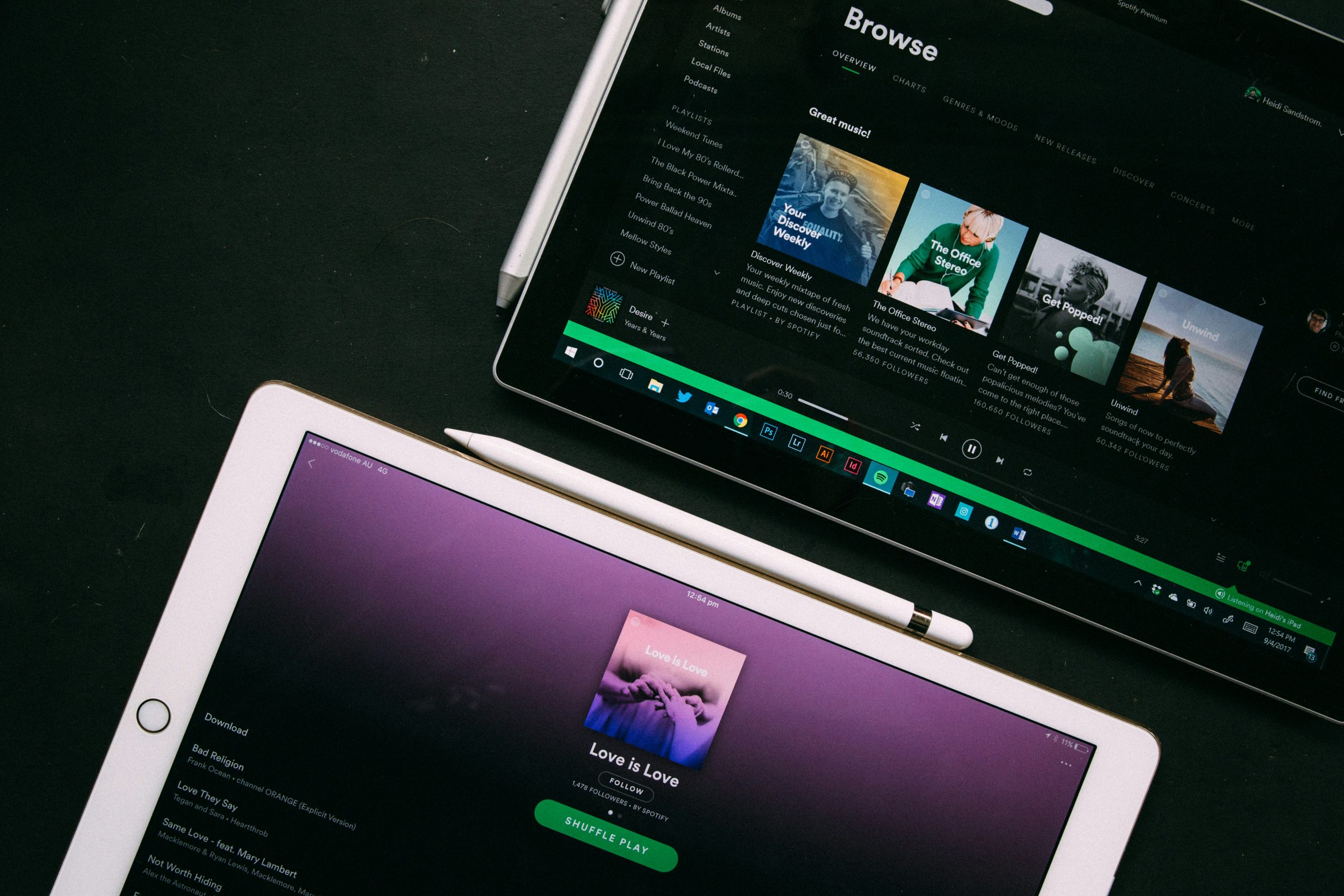
Photo by Heidi Fin at Unsplash
Playlist curators have become exceedingly relevant in the world of Spotify, acting as a powerful tool for small indie artists to reach a wider audience. At a time when TikTok may lose its power to market music, leaving small artists without the biggest platform to promote their music, playlist curators may save them from this problem. Spotify playlist curators are paid to review music and see if it fits in their playlist. It is a great tool for small artists to get exposure and be added to playlists that have thousands of followers and listeners.
Some independent playlist curators include Indie Shuffle, SubmitHub, PlaylistPush, Soundcampaign, and Soundplate. As an alternative to other popular platforms for promoting music, this option offers a unique advantage for small musicians. Here, you don’t have to worry about your video going viral to become a hit. Forget about the pressure of achieving virality—instead, simply focus on getting your songs added to various playlists and watch as your streaming numbers grow.
The Future of Indie Music Marketing is Fan-Centric
This goes for more than just indie music artists – the future of content creation is generally fan-centric. In a world where people are increasingly looking for authenticity and sincerity from brands, celebrities, influencers… It’s essential for indie artists to reach out and connect to their fans to better engage with them and improve the fan experience.
Whether it’s by offering exclusive content on membership sites or hosting meet and greets at locations where you’re popular, indie artists can and should leverage data and analytics to boost visibility and drive fan engagement. This way, even if you do lose TikTok as a platform for your music, you’re still well-placed to keep sharing your music with people who love to listen.
Kika Marketing is your one-stop shop for any marketing services you might need as an indie musician. Anything from merch design to pay-as-you-grow website maintenance, we’ve got you covered – get in touch for a free, no-strings-attached consultation today!
Story by: Aya Yap & Agustina Olavarria
Edited by: Aanchal Vombatkere
 Photo by
Photo by 